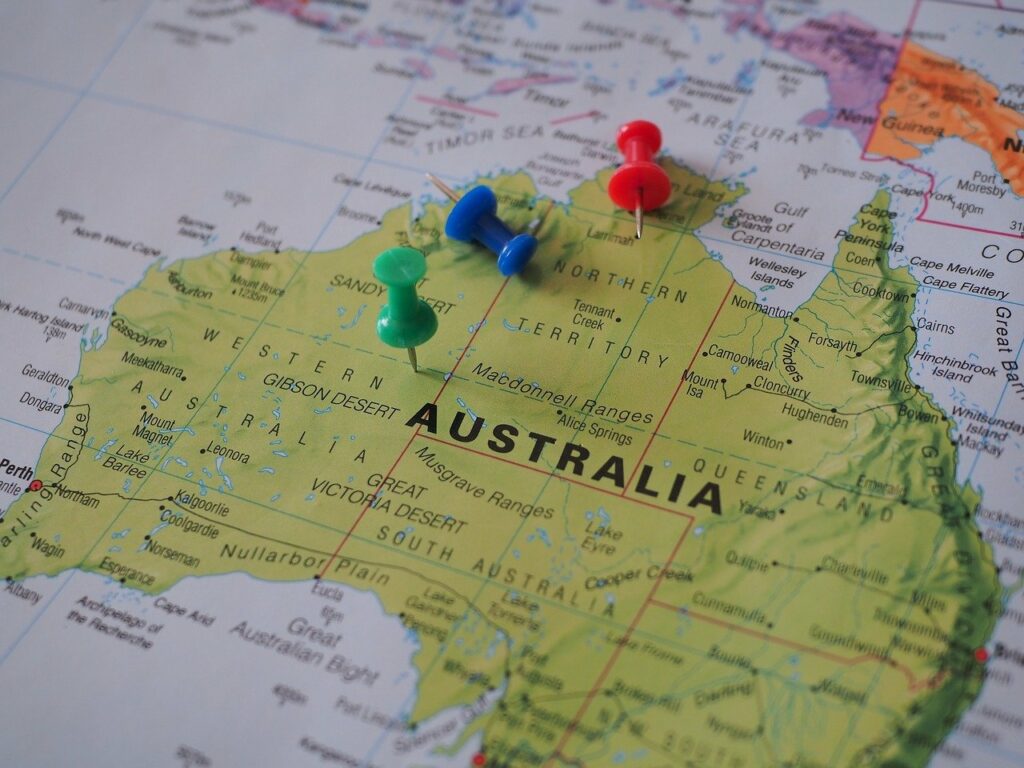In a bid to transform Australia into a renewable superpower, the government has introduced the “Future Made in Australia” policies, setting the stage for a green revolution in the nation’s energy landscape.
This comprehensive framework aims to channel green subsidies towards driving investment in renewable energy technologies, ranging from solar to critical minerals to green hydrogen. As the world races towards a green economy, with initiatives like America’s Inflation Reduction Act and the European Union’s Green Deal, Australia seeks to leverage its comparative advantages to lead in this global transition.
The cornerstone of the Future Made initiative is a substantial injection of funds into key sectors. With $1.9 billion allocated to the Australian Renewable Energy Agency (ARENA), $7 billion earmarked for tax incentives for critical mineral producers, and $1.5 billion designated for solar panel and battery manufacturing, the government aims to bolster Australia’s position as a leader in renewable energy innovation and production.
ARENA’s pivotal role in funding early-stage projects, such as large-scale solar farms, underscores the government’s commitment to nurturing renewable energy development.
The surge in demand for critical minerals like lithium, cobalt, and rare-earth elements, essential for electric vehicle batteries, presents a significant opportunity for Australia to capitalize on its abundant mineral resources.
Despite leading the world in rooftop solar installations, Australia’s lack of domestic panel manufacturing underscores the need for strategic investments to bolster local production capacity.
Central to the Future Made agenda is the ambitious goal of kickstarting Australia’s green hydrogen industry with an allocation of approximately $8 billion in subsidies. Green hydrogen, produced through electrolysis powered by renewable electricity, holds immense potential to decarbonize industries such as steel and ammonia production. However, the nascent nature of the green hydrogen sector necessitates government support to bridge the gap between production costs and market prices until economies of scale are realized.
The success of Australia’s green hydrogen industry hinges on establishing both local and global demand. To incentivize market uptake, a combination of grants and concessional finance is essential to mitigate the initial capital costs for industry entrants.
